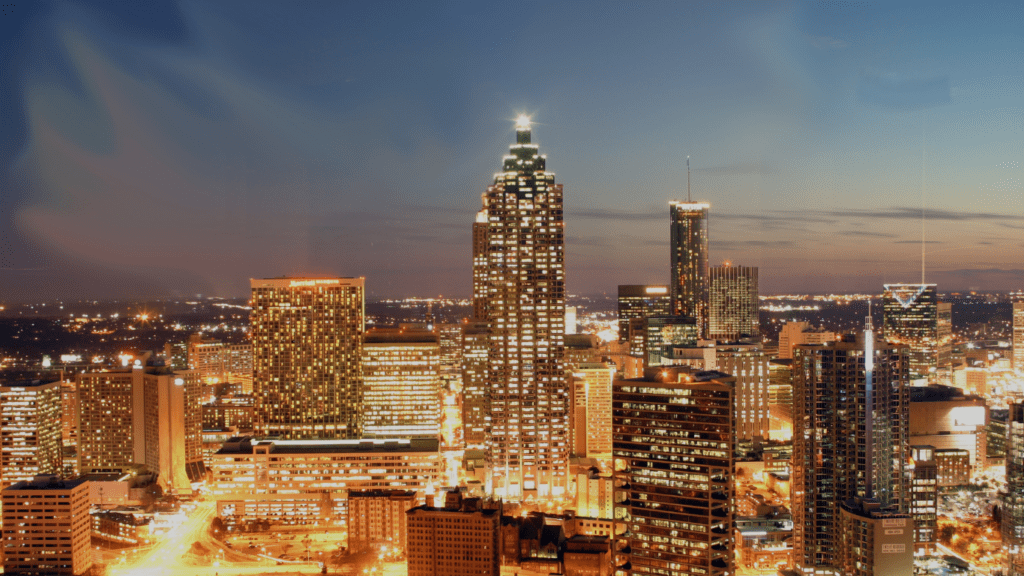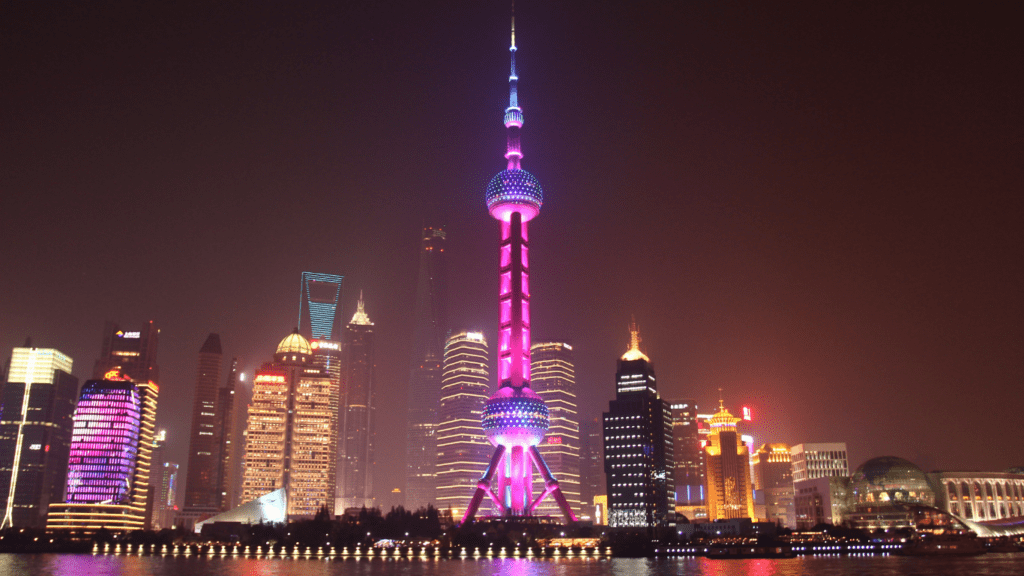The Evolution of Smart Cities
Smart cities have transitioned from futuristic concepts to tangible realities, impacting urban life globally.
From Concept to Reality
Early iterations of smart cities focused on basic integrations of technology within urban environments. Initial projects emphasized data collection through sensors to monitor traffic and air quality.
Over time, advancements in connectivity and IoT have allowed real-time data analysis and responsive urban management.
Today, AI-driven systems, autonomous public transport, and intelligent energy grids illustrate the progression from basic tech experiments to sophisticated, integrated networks.
Historical Milestones
Several key milestones mark the evolution of smart cities. In the early 2000s, South Korea’s Songdo International Business District introduced ubiquitous technology to manage urban services.
In 2013, Barcelona’s smart city initiative implemented sensor networks, enhancing waste management and air quality monitoring.
More recently, Dubai’s blockchain-powered governance and Singapore’s nationwide Smart Nation program reflect significant advancements. These milestones underscore the rapid evolution and growing complexity of smart city initiatives.
Key Technologies Driving Smart Cities
Smart cities leverage key technologies to create more efficient, livable urban environments, making significant strides in various sectors.
Internet of Things (IoT)
IoT forms the backbone of smart cities. It connects devices, sensors, and infrastructure to collect and exchange data. Cities like Barcelona use IoT sensors for monitoring traffic, optimizing energy usage, and improving waste management.
Real-time data from these devices help in quick decision-making and resource allocation. Seoul’s smart lighting, which adjusts based on foot traffic, showcases IoT’s practical applications in daily urban life.
Artificial Intelligence and Machine Learning
AI and ML enhance smart city capabilities by analyzing vast data sets for predictive insights. These technologies improve services like:
- public transportation
- healthcare
- security
For example, Singapore’s Smart Nation program uses AI to manage traffic flow and reduce congestion. Predictive maintenance in utilities and infrastructure, powered by ML algorithms, helps in anticipating failures and reducing downtime.
Green Energy Solutions
Green energy solutions are crucial for sustainable smart cities. They include solar panels, wind turbines, and energy-efficient buildings.
Cities like Copenhagen aim for carbon neutrality by integrating renewable energy sources into their energy grid. Smart grids that dynamically balance supply and demand contribute to reducing urban carbon footprints.
Moreover, green rooftops and urban farming initiatives are also gaining traction as part of these solutions, promoting biodiversity and reducing heat islands.
Major Trends in Smart City Development

The current major trends in smart city development emphasize sustainability and connectivity.
Sustainable Urban Planning
Sustainable urban planning focuses on reducing environmental impact. Cities integrate green building standards, renewable energy sources, and efficient public transportation.
An example includes incorporating smart grids to manage energy consumption. Urban farming initiatives help address food security while promoting biodiversity. Green rooftops and parks reduce heat islands and improve air quality.
Enhanced Connectivity Solutions
Enhanced connectivity solutions involve creating seamless communication networks. 5G technology supports real-time data transfer, crucial for IoT devices. Smart traffic systems rely on this for dynamic traffic management.
Public Wi-Fi networks ensure residents have access to digital services. The rise of edge computing boosts local data processing, minimizing latency and enhancing service efficiency.
Innovations Shaping the Future of Urban Living
Innovations in urban living are redefining how we interact with our environment. From transportation to healthcare, these advancements offer transformative potential.
Smart Mobility and Transportation
Smart mobility initiatives are making cities more navigable and efficient. Autonomous vehicles, for instance, can reduce traffic congestions. Ride-sharing platforms like Uber and Lyft are optimizing routes using AI.
Bike-sharing systems are integrating with public transit for last-mile connectivity. These innovations aim to decrease carbon footprints and improve urban air quality.
Advanced Healthcare Systems
Advanced healthcare systems are pivotal for future urban living. Telemedicine platforms provide remote consultations, cutting the need for hospital visits.
Wearable health devices monitor vital signs, offering real-time health data to users and healthcare providers. AI-driven diagnostics enhance precision in detecting diseases early. These systems ensure efficient, accessible, and high-quality healthcare for urban residents.
Challenges and Considerations
Smart cities bring a lot of potential for enhanced urban living. However, several challenges and considerations must be addressed to make these futuristic cities a reality.
Privacy and Security Concerns
- Data privacy and cybersecurity stand out as critical challenges.
- Smart cities rely heavily on data collection and processing through IoT devices.
- These devices, sensors, and systems gather vast amounts of personal data, making cities potential targets for cyberattacks.
- To mitigate these risks, I emphasize the importance of robust encryption methods, secure communication channels, and continuous monitoring of systems.
- Ensuring residents’ privacy and protecting sensitive data is paramount for maintaining trust and security in a digitally-driven urban environment.
Infrastructure and Investment Hurdles
Establishing the necessary infrastructure for smart cities requires significant investment. Existing urban landscapes often need extensive upgrades to support advanced technologies like 5G and edge computing.
Financial constraints, bureaucratic red tape, and resistance to change can delay these projects.
To overcome these hurdles, I recommend public-private partnerships (PPPs), grants, and strategic planning to secure funds and streamline implementation processes.
Investing in modern infrastructure ensures that cities can keep up with technological advancements and provide better living conditions for their residents.
ABOUT THE AUTHOR
Mildredie Navarreterrie
Mildredie Navarreterrie is the driving force behind The Global Reach Visionary, a cutting-edge platform that has become a beacon of insight and expertise for those engaged in the global arena. As the founder, Mildredie has cultivated a dynamic space where global news is not just reported but analyzed with a depth that reveals underlying trends and shifts in the international landscape. Her platform offers invaluable international trade insights, helping businesses and professionals understand the complexities of global markets and the nuances that can make or break international ventures.



